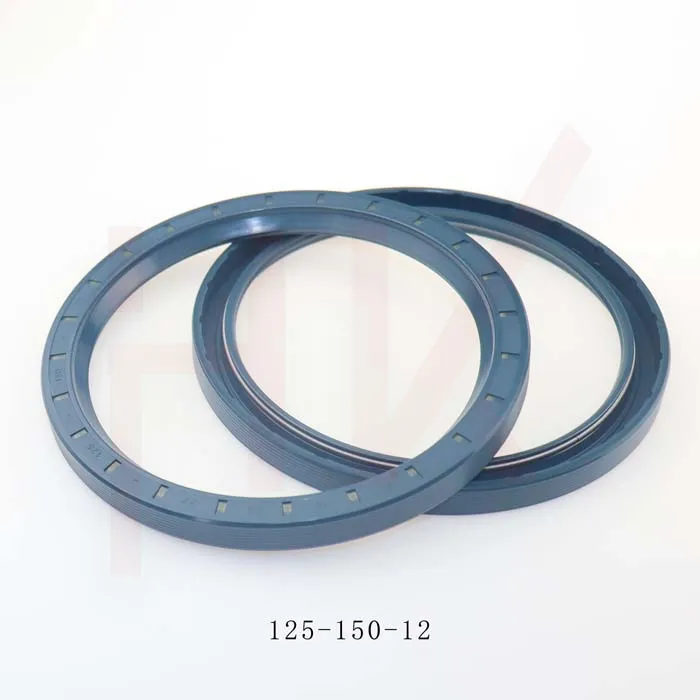سېنتەبىر . 09, 2024 08:21 Back to list
hydraulic wiper seal
Understanding Hydraulic Wiper Seals Essential Components for Efficient Machinery
Hydraulic wiper seals are pivotal components within hydraulic systems, primarily designed to prevent contamination from external elements while ensuring the efficient operation of hydraulic cylinders. This article explores the significance, design, functions, and maintenance considerations associated with hydraulic wiper seals.
The Role of Hydraulic Wiper Seals
In any hydraulic system, the primary function of a wiper seal is to keep external contaminants, such as dirt, dust, and moisture, from entering the hydraulic cylinder. Contaminants can compromise the hydraulic fluid's quality, leading to potential damage to internal components and reduced overall efficiency. Hydraulic wiper seals act as a barrier, ensuring that only clean hydraulic fluid circulates within the system, thus prolonging the lifespan of hydraulic components.
Design Features
Hydraulic wiper seals are typically made from durable materials such as polyurethane, rubber, or elastomers, which are chosen for their resistance to wear and their ability to withstand various environmental factors. The design of wiper seals can vary significantly based on their application. For instance, they can be configured as single-lip or double-lip seals, with the double-lip design providing enhanced protection against contamination. The geometry of the seal is crucial, as it influences not only the sealing capability but also how well the seal interacts with the rod and the housing during operation.
Types of Wiper Seals
hydraulic wiper seal

Different industries and applications require specific types of wiper seals. Common types include
1. U-Cup Seals These are primarily used for static applications, offering excellent sealing performance. 2. V-Rings These are versatile seals that can accommodate a range of shaft sizes and provide reliable sealing for rotating environments.
3. Scraper Seals Designed explicitly to scrape contaminants off the rod as it moves in and out of the cylinder, safeguarding the internal workings of the hydraulic system.
Importance of Maintenance
While hydraulic wiper seals are robust, regular maintenance is crucial to ensure their optimal performance. Factors such as wear and tear, incorrect installation, or exposure to extreme temperatures can compromise the seals. Regular inspection and replacement, along with ensuring proper lubrication, can mitigate potential failures. Routine checks can help identify any signs of damage or degradation early on, allowing for timely maintenance and reducing the risk of system failure.
Conclusion
In summary, hydraulic wiper seals play an essential role in maintaining the integrity and efficiency of hydraulic systems. Their design, material composition, and regular maintenance are all factors that contribute to their effectiveness in protecting hydraulic cylinders from external contaminants. As industries continue to rely on hydraulic systems for various applications, understanding the role of wiper seals will become increasingly vital for engineers and maintenance professionals alike. By ensuring that these seals are in optimal condition, businesses can prolong the lifespan of their equipment, reduce operating costs, and enhance operational efficiency.
-
The Trans-formative Journey of Wheel Hub Oil Seals
NewsJun.06,2025
-
Graphene-Enhanced Oil Seals: Revolutionizing High-Pressure Oil Sealing
NewsJun.06,2025
-
Future of Hydraulic Sealing: Advanced Intelligent TCN Oil Seals
NewsJun.06,2025
-
Don’t Let a Broken TCV Oil Seal Ruin Your Day
NewsJun.06,2025
-
Bio-Inspired Dust Seals for Better Sealing Performance
NewsJun.06,2025
-
Biodegradable and Sustainable Hydraulic Seal Materials
NewsJun.06,2025
-
Top Oil Seal Solutions for Your Industrial Needs
NewsMay.22,2025
Products categories
















